The content of the article
Why do tomatoes turn yellow and dry leaves? What to do? And now we’ll tell you the most frequent causes and ways to solve problems. We will not write about late blight, because practically everybody knows this terrible enemy. About heat and natural aging, too, it is already clear. There are after all other moments, we will talk about them.
Tomatoes are perhaps the most favorite vegetables of most gardeners. Some even manage to grow them on the windowsill. All the more terrible to observe how, yesterday, vigorous and green, tomatoes today stand with yellowed leaves. We will not rant for a long time, let's proceed to salvation.
Root damage
Signs. Only the lower leaves turn yellow, then they dry out. The plant looks fresh, there are no other suspicious signs of oppression.
What to do. Quietly waving a hoe or flat cutter.Many people know that tomato has a long central root. It is necessary for the extraction of moisture from a great depth in dry weather. And almost everyone forgets that the plant still has an extensive system of small feeding roots. It is located very close to the soil surface. During loosening or weeding, gardeners heartily stir the ground around the stem. And then they are surprised at the yellowing of the leaves.
Be careful, comrades. Loosen the soil should be very carefully. It is better to cover it with mulch and not disturb it again. As soon as the damaged roots grow, the tomato will recover. The leaves will have to be cut off, they will no longer turn green.
Lack of moisture
Signs. Foliage first fade, losing turgor. Then twists, turns yellow and dries.
What to do. At the moment, you most likely have to pour tomatoes with a significant amount of water. And then constantly water the plant until the end of the growing season or fruiting.
Why did it happen? It all started with seedlings. In this case, you are to blame. Read and shake on the mustache:
- When picking or disembarking in open ground, you pinched 100% of the long central root.
- After this procedure, the plant began to actively build up the surface root system.
- Young plants you watered often and little by little.
- Then they began to water the tomatoes less or no longer.
To begin with, it’s absolutely impossible to touch the longest spine! It was he who helps tomatoes to get water from the depth in difficult times. And you tore him off.
Tomatoes can not be watered often, but it is better not to water at all. Otherwise, the plants get used to freebies and are too lazy to look for some water on their own. Why, if the owner brings every day? Roots spread very close to the surface and do not want to go down.
And then you stop drinking tomatoes. They are sorely lacking moisture, the leaves turn yellow and dry. This season you will have to harvest to the end. They themselves pummeled their plants. Next year, consider mistakes.
Lack of power
Signs. First, the tips of the leaves turn yellow, then they turn red. Then the whole leaf plate twists and dries. Defeat is noticeable on the whole plant.
What to do. Properly feed your tomatoes. After all, to grow this amount of green mass, and even pour the fruit, you will have to take a considerable amount of trace elements somewhere.No doubt, the addition to the soil before planting a well-rotted manure or a fully matured compost partially solves the problem. Nitrogen in short supply will not be exactly.
Or are you an opponent of chemical fertilizers on the site? Then tell us, inexperienced, how do you fill your tomatoes with a deficiency of calcium, magnesium, boron, phosphorus? Just do not have now about potassium. That it is full of good wood ash, everyone has long known. You tell about other elements. From where you take, how to make, in what dosage.
In the meantime, the rest of the others rustle vigorously in their bins with bags and ampoules with mineral fertilizers. They read the packaging and go to save their tomatoes from the yellowing of the leaves and the subsequent drying. Follow the instructions, do not exceed doses. Top dressing bring strictly under a root and only after watering or a rain.
And their tomatoes feel great.
Fusarium
Signs. The leaves brighten from the central vein. Then turn yellow, dry up and fall down independently. The disease begins from the bottom and gradually creeps to the crown. If you leave the matter to chance, the tomato quickly dies, incidentally infecting all neighboring neighbors.
What to do. Put down reference books from the pages of the grandmothers and look for the treatment of fusarium with popular methods on the Internet. Not every fungicide will cope with this scourge, but are you going to execute him with herbs?
Here, supporters of organic farming have a difficult choice. Either pull up all the affected tomatoes with the root, or use hateful chemistry. By the way, fungicides do not cure plants for fungal and other diseases. They inhibit the growth and spread of pathogenic bacteria. This makes it possible for the tomato to oil independently.
In general, Fusarium is easier to prevent than to save the remnants of the former luxury of tomato tops. The fungus begins its triumphal procession usually in July. At this time, thunderstorms often thunder, it is worth the heat and stuffiness. What else do you need? High humidity is, the temperature is far beyond + 25 ° C. The conditions for the dispute are perfect.
Prevention will help in any weather. Just start it from the moment of sowing. Decontamination of seeds, soil, seedling containers significantly reduces the chances of fungi for survival. Pretreatment of the beds with a strong hot solution of potassium permanganate (one month before disembarking) and then with a solution of phytosporine (2 weeks) reduce the chances of the survival of pathogenic bacteria to almost zero.
Starting from the second week after transplanting in open ground, tomatoes should be regularly processed with biofungicides. By the way, they can also be used in organic farming, because the chemistry in the preparation is zero. But full of friendly beneficial bacteria.
And further. Do not thicken the planting, remove the lower leaves in a timely manner and avoid over-wetting. Even these simple measures reduce the risk of yellowing the leaves of tomatoes by 50%.
Cold
Signs. Tomatoes slow down in growth. Leaves turn yellow all at once. Border bluish or gives blue. Often, the stem becomes purple or purple. Signs of oppression are not visible.
What to do. And what can you do? In a fur coat plants do not zakutyash Boots to give too useless. If you have planted a bed of tomatoes, then you can try to cover them with a dense non-woven material or throw a film on the arc. But the roots will still be in the cold land.
And who in Russia plants tomatoes on one bed? They always grow with whole plantations! Is that a cover ...
We'll have to follow a few simple recommendations:
- Observe the timing of planting tomatoes in open ground, focusing on the climate of your region, and not “I have already planted my sister in Krasnodar,” while you yourself live in Arkhangelsk.
- If possible, plant tomatoes in greenhouses or greenhouses. This will extend the growing season and fruiting in the fall.
- So that the cold August nights will not take your crop by surprise, choose ultra-early varieties for sowing.
Tips simple, but quite doable. By the way, you can still try to help the plants. We do not guarantee a confident result, because we did not carry out scientific research. But according to the reviews, it helps the tomatoes quickly to recover after a cold snap.
We are talking about adaptogens. This is epin, aloe juice, zircon. It takes just a droplet per liter of clean water for a good spraying right on the leaves. Residual liquid can be added to water for irrigation.
Lack of lighting
Signs. Leaflets shrink, lose turgor, become yellow, soft. Then they dry out and fall off. At the same time shoots become long, thin. Flowering is suspended or completely absent.
What to do. Eliminate the cause.That is, add light. How to do it, if the tomatoes are planted in the open field on a not very good place? Lighting lamps can not be hung, the sun can not be turned, there is no place to transplant tomatoes, and too late. Trees, light, closing, worthless hack. Buildings also do not move.
Well, when was it a problem for the real Russian people to catch the sun? Are there any other Kulibins? Everything is solved very simply. The most common reflective shield of plywood sheet and kitchen foil perfectly fulfills the function of a mirror. And it is not at all necessary to loosen it all day on the site. It is enough to install it so that the sun is reflected from the surface and the light shines on the planting for some time, and now, the tomatoes have already ceased to stretch, and the leaves turn yellow.
The secret is that for normal growth and high-quality fruit loading, the plants may lack an hour of light per day. By the way, instead of foil, you can use a mirror or foil insulation. The main thing is that the surface reflects the sun rays well.
And in the future, carefully choose a place for planting tomatoes. It should be caressed by the sun almost all day.After all, the abundance of lighting helps the fruit to redden.
And further. Check tomatoes regularly for pests. These little enemies of any gardener suffer all kinds of infection. You can plant tomatoes in sterile soil with sterile hands. But one little nasty can infect all landings.
Now you yourself know why the leaves turn yellow and dry in tomatoes. What to do? - can also teach anyone. Use this knowledge yourself and tell others that it will be useful and rewarded. At the same time and harvest a decent harvest.
Video: why the leaves turn yellow in tomatoes

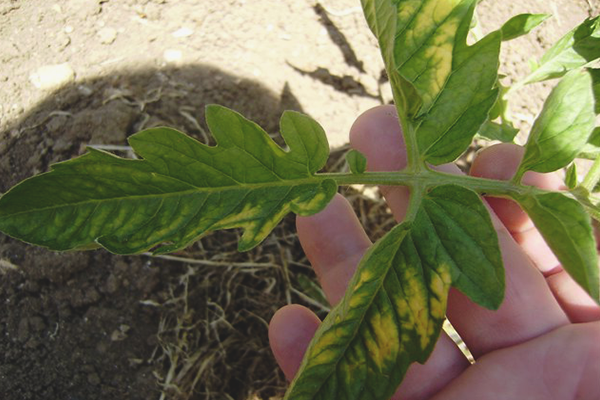
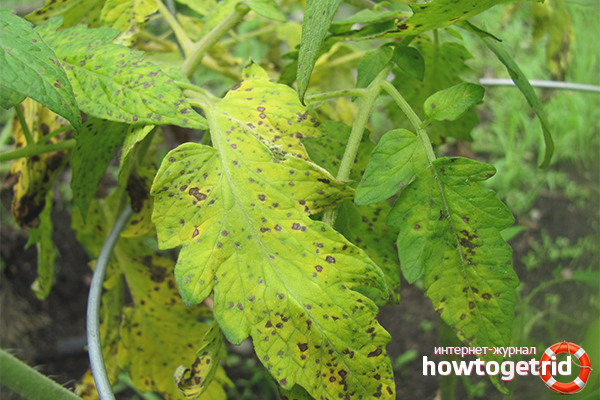
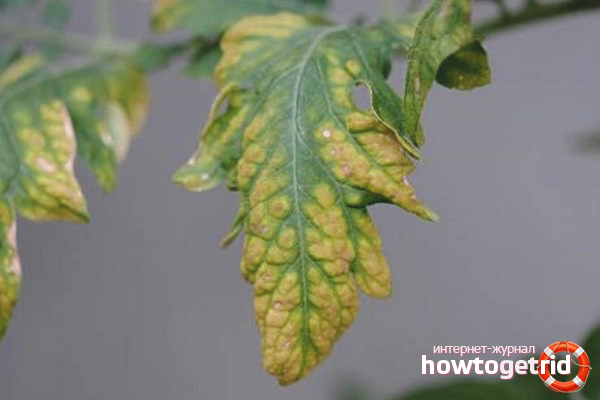

 3 votes, on average: 4,00 out of 5
3 votes, on average: 4,00 out of 5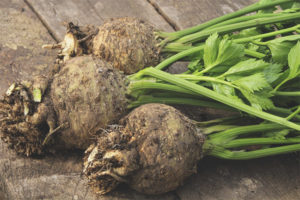
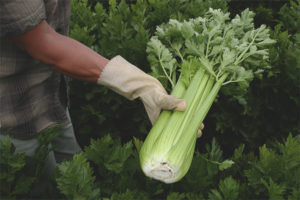

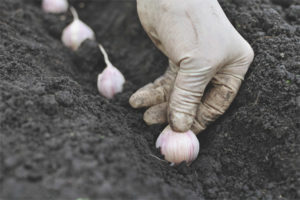
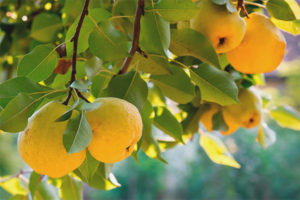
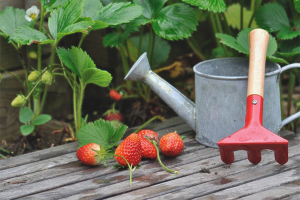

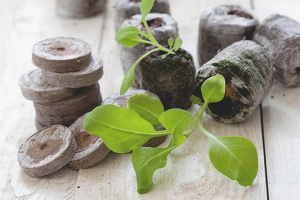
To send